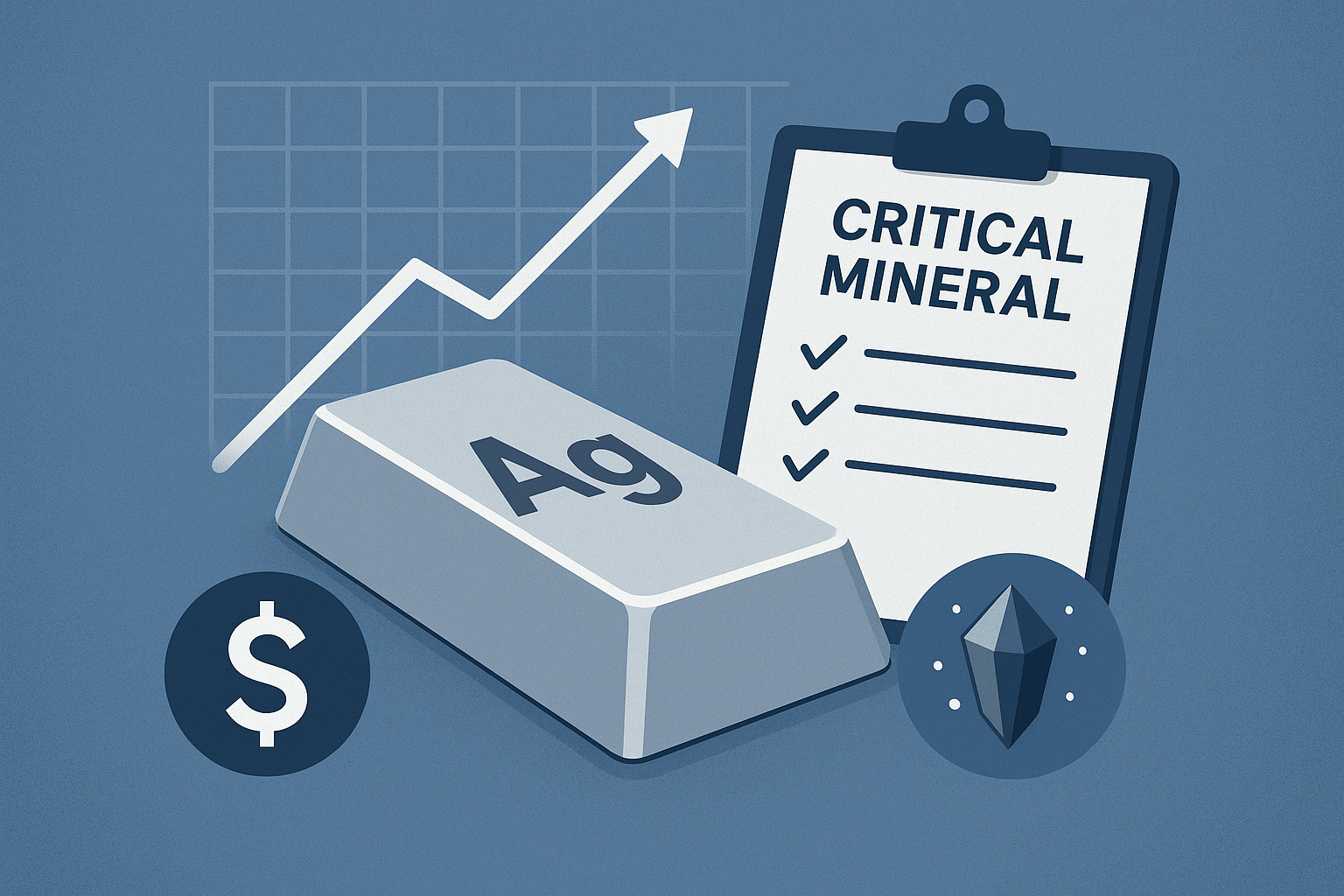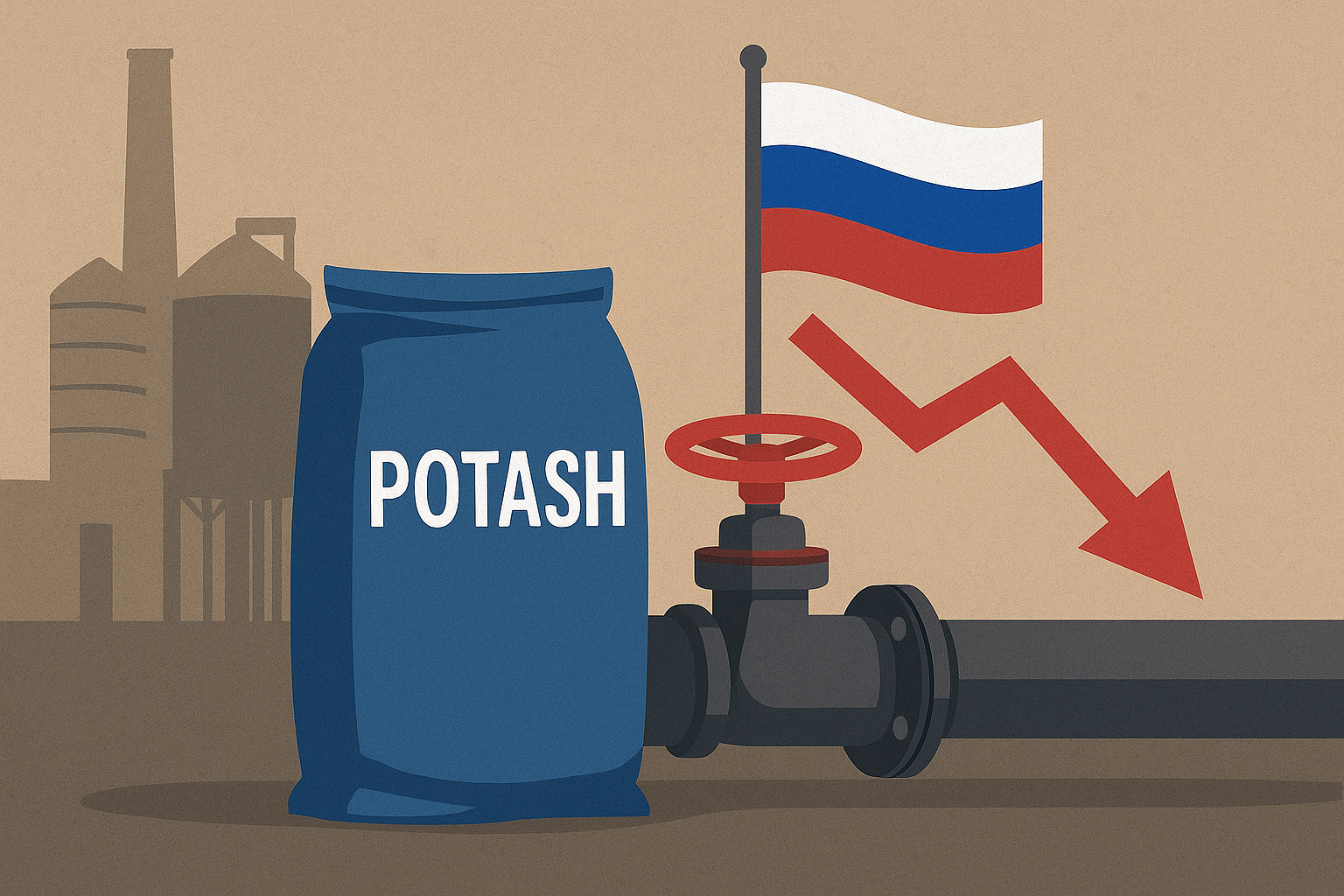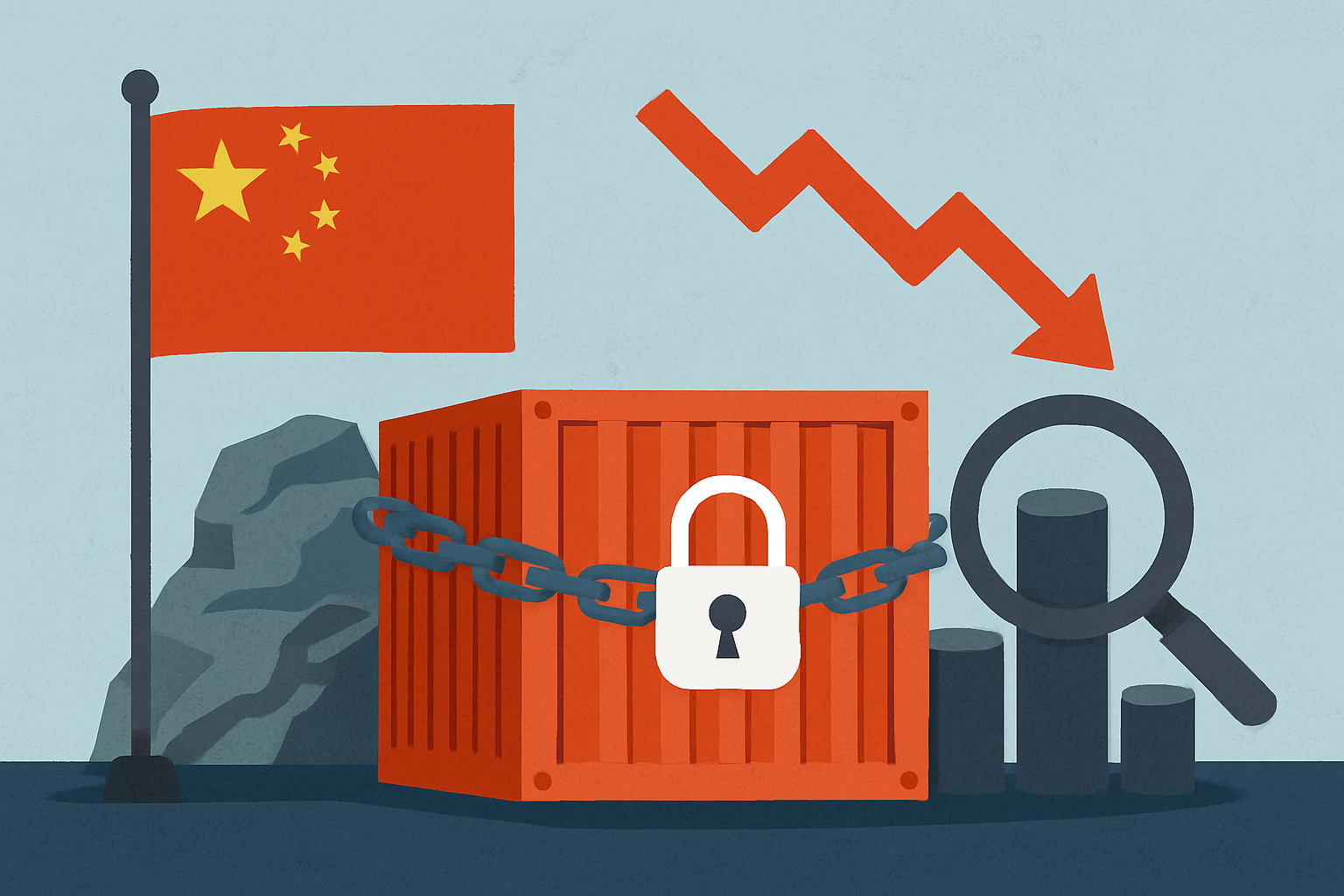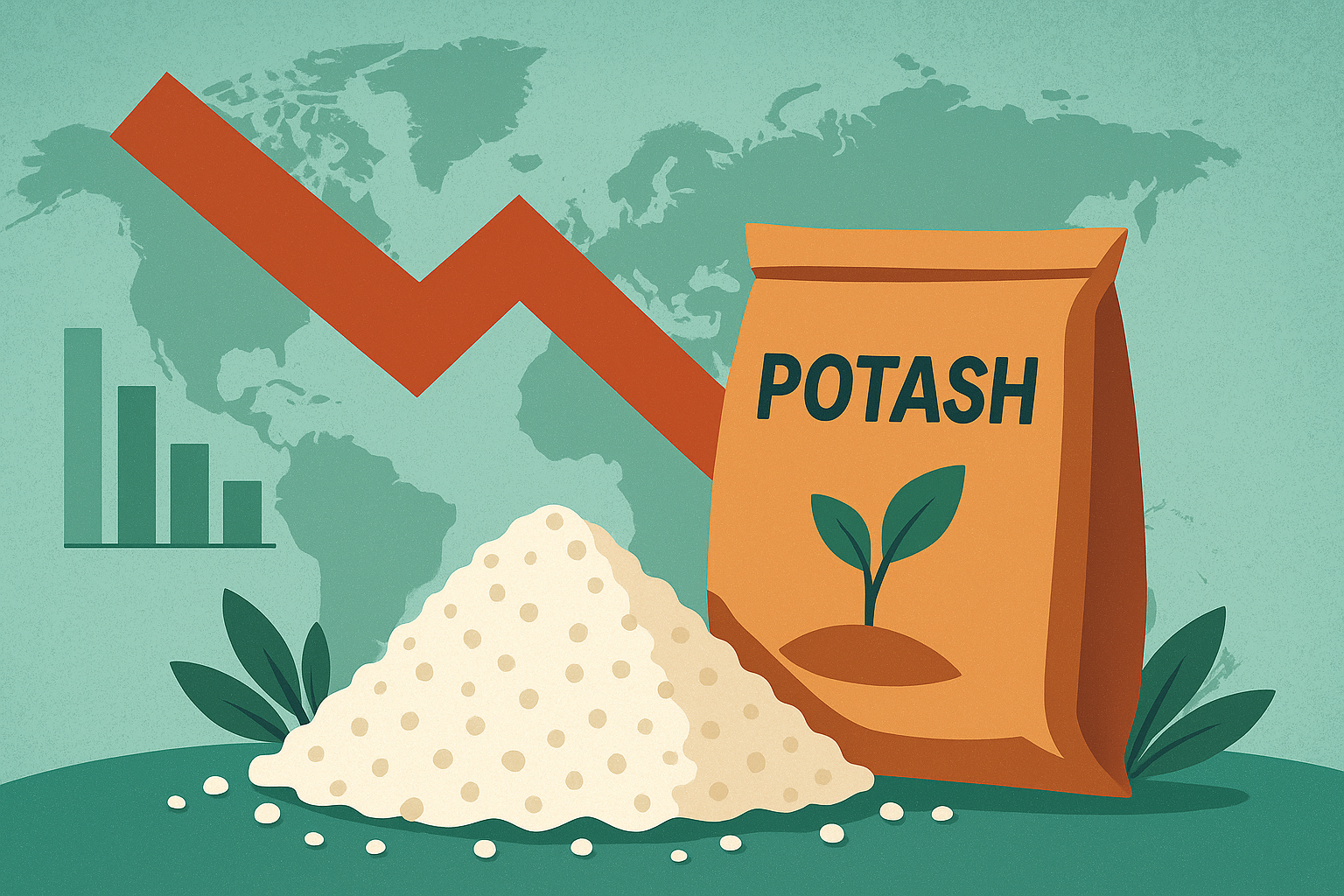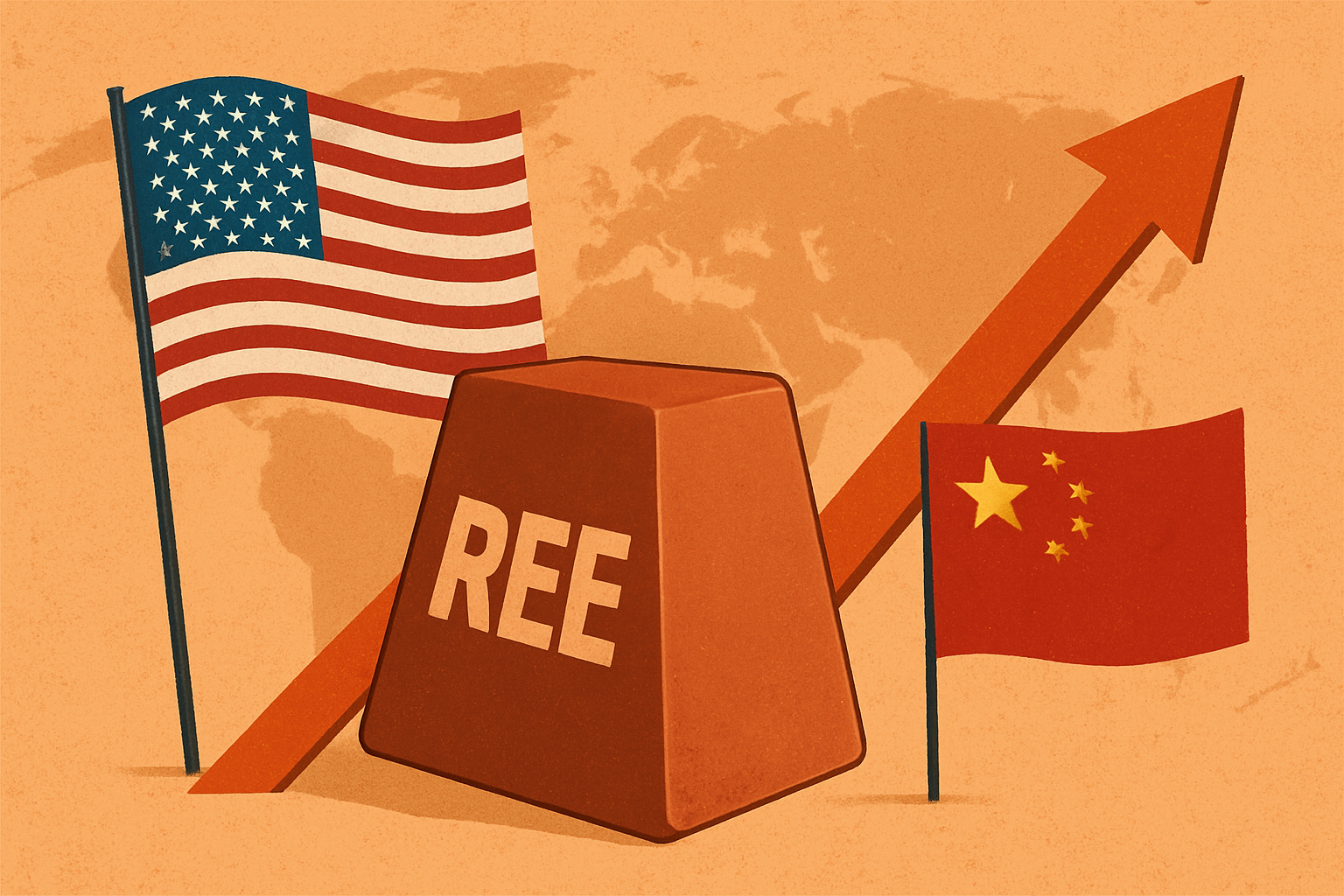Silver has long been prized as a precious metal, but its industrial demand and supply vulnerabilities are now drawing renewed attention from policymakers and investors alike. The U.S. Geological Survey (USGS) has officially designated silver as a critical mineral, elevating its status alongside lithium, cobalt, and rare earths. This move underscores not just silver’s monetary legacy, but its vital role in high-tech applications, green energy, and defense systems—areas where supply security is becoming increasingly strategic.
Why This Matters for Investors
The inclusion of silver on the critical minerals list is more than symbolic. It means U.S. policymakers recognize silver as essential to economic and national security, particularly given its use in solar panels, electric vehicles, medical technology, and advanced electronics. The decision also reflects rising concern over supply concentration: according to the Silver Institute, more than 50% of global silver production is concentrated in Mexico, China, and Peru. With geopolitical tensions and trade dependencies on the rise, this classification signals an effort to diversify and secure future supplies.
For investors, this designation could translate into new federal initiatives, including funding for exploration, subsidies for domestic miners, and streamlined permitting processes—developments that could directly impact silver producers and their valuations.
Industrial Demand Outpaces Supply
Unlike gold, silver derives most of its value from industrial applications. The World Silver Survey 2025 projects industrial demand for silver to grow by 4% annually through 2030, driven largely by the clean energy transition. Solar photovoltaics alone account for nearly 20% of annual silver demand, with usage expected to rise as the International Energy Agency forecasts record solar capacity installations globally.
At the same time, supply remains constrained. Mine production has struggled to recover to pre-pandemic levels, and recycling volumes are stagnant. This supply-demand imbalance has already pushed silver prices above $30 per ounce in 2025, according to Bloomberg commodity trackers, with analysts warning that sustained deficits could drive further upside.
Policy and Market Implications
The U.S. Department of the Interior has used critical mineral designations in the past to guide policy support, including incentives for domestic mining and partnerships with allied nations. By adding silver to the list, the U.S. is signaling its intent to secure access to this key resource and reduce reliance on overseas producers.
For the market, the designation may also spur institutional interest. Exchange-traded funds (ETFs) linked to critical minerals or silver could see inflows as investors look to align with government priorities. In addition, mining companies with silver-heavy portfolios—particularly those with U.S. or allied-nation operations—stand to benefit from potential policy tailwinds.
Future Trends to Watch
- Clean Energy Growth: The solar sector remains the single largest growth driver for silver demand. Any acceleration in green energy adoption could tighten the market further.
- Technological Applications: Beyond energy, silver’s antimicrobial and conductive properties ensure steady demand in medical devices, 5G infrastructure, and electric vehicles.
- Geopolitical Supply Risks: Concentrated production in a handful of nations makes supply chains vulnerable to trade disputes, labor strikes, or environmental regulations.
- Investment Momentum: Precious metal investors may shift toward silver not just as a hedge, but as a growth play tied to industrial innovation.
Key Investment Insight
Silver’s reclassification as a critical mineral adds a new layer of strategic significance to an already in-demand commodity. Investors should watch for policy announcements, domestic mining projects, and shifts in institutional flows as key catalysts. Targeted exposure to silver producers, diversified mining equities, or critical-mineral ETFs may offer both defensive and growth-oriented opportunities in the months ahead.
For more daily insights on critical minerals and commodity markets, stay connected with explorationstocks.com—your trusted source for investor-focused news and analysis.

